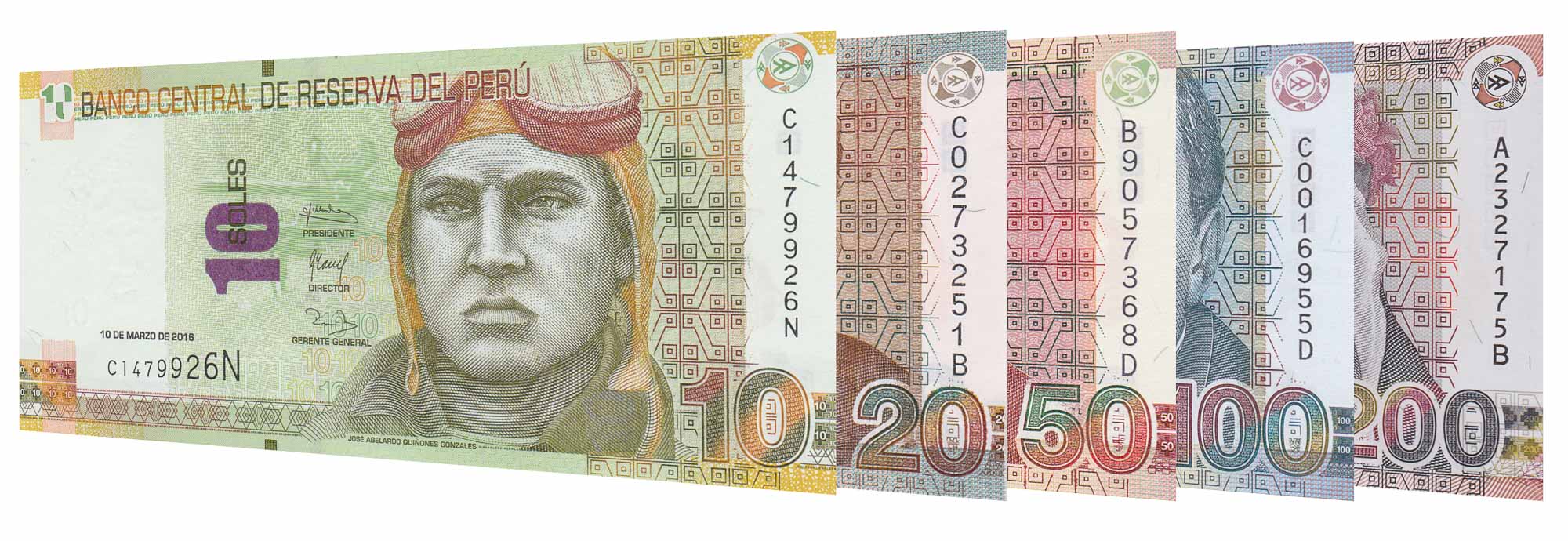RIO DE JANEIRO, BRAZIL – The swearing in of Peruvian lawmaker Francisco Sagasti as interim leader after deadly protests and the departure of two presidents has lifted the sol currency off a record low and should help the country’s markets stabilize, analysts said.
Peru’s generally sedate financial markets are no stranger to political volatility, but three different presidents in a week during a crushing pandemic, a slide in the sol and a drop in bond prices have made for a volatile few days.

Popular leader Martin Vizcarra was impeached and ousted on November 9th while his successor, Manuel Merino, resigned on Sunday. Sagasti, a centrist, was sworn in on Tuesday and is expected to remain in power until July after a scheduled election in April.
The sol lost over 2% to the U.S. dollar after Vizcarra’s ouster to close at a record low on Monday, but made up for much of the losses on Tuesday with its largest daily increase in over seven months.
The country’s sovereign dollar-denominated bonds zig-zagged over the past week, some slipping to multi-month lows, while the premium demanded by investors to hold Peru’s bonds over safe haven U.S. Treasuries on JPMorgan’s EMBI Global Diversified index widened by 7 basis points, although it remained among the tightest in Latin America.
Local government bonds – more than 50% of which are held by foreign investors – came under pressure with the political turmoil pushing 10-year benchmark yields above 4%.
Analysts predicted the pressures would be short-lived.
“Political institutions in Peru are so weak that the economy just operates without (them),” said Roger Horn, senior emerging market strategist at SMBC Nikko Securities America in New York.
“The business community is self-reliant, the banking system solid and the mining sector is the savior,” he added, pointing to mining projects under development that he said could bring in nearly $60 billion over the next five years.
Vizcarra’s anti-graft agenda had put him at odds with the Congress that impeached him and his ouster triggered sometimes violent protests. Two men died in unrest last week.
Sagasti’s election was received with excitement by crowds in Lima’s main square and financial markets cheered his centrist and technocrat credentials.
“It has been quite positive,” one local bank trader said. “The first concern was how Sagasti was going to be accepted in the streets, but the protests were reduced and a way out of the crisis seems to have been found.”
Wall Street seemed to welcome the former World Bank official as well.
“Although there are challenges looming in the coming weeks, namely the cabinet appointments and the approval of the 2021 budget, the newly appointed leadership of centrist composition should be enough to decompress some of the risk premia baked into prices,” Citi analysts wrote in a research note, turning bullish on Peru’s currency partly on recent underperformance.
Peru, the world’s no. 2 copper producer behind its neighbor Chile, has suffered one of the world’s deadliest per capita outbreaks of COVID-19, and is expected to post its largest annual economic contraction in a century.
Source: Reuters

